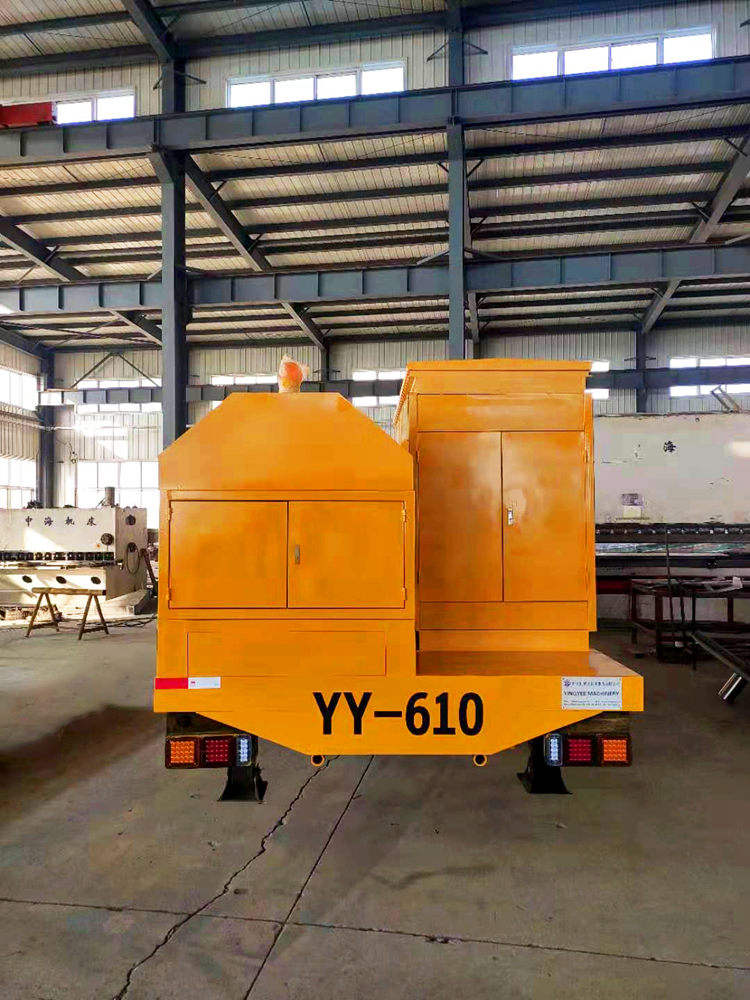
An Overview of Simple Slitting Lines in Manufacturing
In the realm of modern manufacturing, efficiency and precision are paramount. One key component of achieving these goals is the utilization of slitting lines, specifically designed for the processing of various materials, predominantly steel and aluminum. Among these systems, simple slitting lines play a crucial role in cutting large coils of material into narrower strips, allowing for enhanced versatility in production. This article delves into the workings, benefits, and applications of simple slitting lines in the manufacturing sector.
Understanding the Slitting Process
Slitting is a process where a large coil of material is fed into a machine and subsequently cut into smaller strips. This operation typically involves two main components a uncoiler, which feeds the coil into the machine, and a recoiler, which collects the finished strips. The slitting line employs sharp blades that can be adjusted to produce strips of various widths based on the specifications required by the industry. The process is highly efficient, reducing the wastage of material while increasing output.
Components of a Simple Slitting Line
A simple slitting line generally consists of several essential components
1. Uncoiler This device holds the large coil of material and feeds it into the slitting system. It may be equipped with hydraulic systems to manage heavy coils effectively.
2. Leveling Unit Before slitting, the incoming coil must be leveled. A leveling unit flattens the material, removing any coils or imperfections. This step is crucial for ensuring uniformity in the finished strips.
3. Slitting Head This is the core of the slitting line, where the actual cutting takes place. The slitting head contains multiple blades that are precisely set to produce strips of varying widths.
4. Recoiler After the material is slit, it is wound into smaller coils by the recoiler. This unit compactly stores the newly cut strips for easy handling and transportation.
5. Control System Modern slitting lines are equipped with advanced control systems, often incorporating computerized technology to monitor and adjust the speed and operation of the machinery, ensuring optimal performance.

Benefits of Simple Slitting Lines
The implementation of simple slitting lines in manufacturing offers several advantages
- High Efficiency Simple slitting lines can operate at high speeds, significantly increasing production rates and reducing overall processing times.
- Cost-Effectiveness By minimizing material waste through precise cutting and optimizing throughput, manufacturers can achieve cost savings and maximize returns on investment.
- Flexibility These lines can handle various material types and thicknesses, making them versatile solutions for different manufacturing needs. The ability to quickly adjust blade widths allows for customization based on customer requirements.
- Improved Quality The leveling and slitting processes enhance the overall quality of the strips produced, meeting industry standards and ensuring consistency across batches.
Applications in Industry
Simple slitting lines find extensive applications across different industries. In the automotive sector, they are used to produce strips for automotive components and bodywork. In the construction industry, slitted material is employed for making roofing and siding products. Furthermore, manufacturers in the appliance and electronics sectors often utilize slitting lines to create parts and components for their products.
Conclusion
In an ever-evolving manufacturing landscape, simple slitting lines are indispensable tools that facilitate efficiency and precision in material processing. Their operational proficiency, coupled with cost-saving advantages, makes them ideal for various industries. As technological advancements continue to enhance slitting line capabilities, manufacturers can expect even greater levels of productivity and innovation in the years to come. The future of manufacturing is undoubtedly linked to the effective utilization of such essential systems, shaping a landscape where quality and efficiency reign supreme.